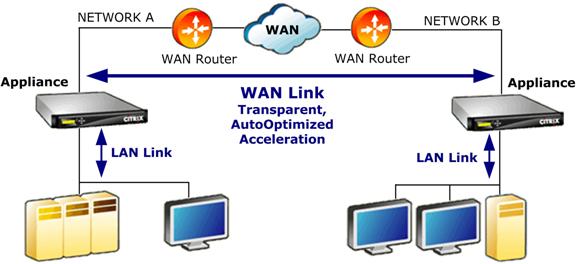-
Get started with Citrix SD-WAN WANOP
-
-
Manage and monitor using Citrix Application Delivery Management
-
This content has been machine translated dynamically.
Dieser Inhalt ist eine maschinelle Übersetzung, die dynamisch erstellt wurde. (Haftungsausschluss)
Cet article a été traduit automatiquement de manière dynamique. (Clause de non responsabilité)
Este artículo lo ha traducido una máquina de forma dinámica. (Aviso legal)
此内容已经过机器动态翻译。 放弃
このコンテンツは動的に機械翻訳されています。免責事項
이 콘텐츠는 동적으로 기계 번역되었습니다. 책임 부인
Este texto foi traduzido automaticamente. (Aviso legal)
Questo contenuto è stato tradotto dinamicamente con traduzione automatica.(Esclusione di responsabilità))
This article has been machine translated.
Dieser Artikel wurde maschinell übersetzt. (Haftungsausschluss)
Ce article a été traduit automatiquement. (Clause de non responsabilité)
Este artículo ha sido traducido automáticamente. (Aviso legal)
この記事は機械翻訳されています.免責事項
이 기사는 기계 번역되었습니다.책임 부인
Este artigo foi traduzido automaticamente.(Aviso legal)
这篇文章已经过机器翻译.放弃
Questo articolo è stato tradotto automaticamente.(Esclusione di responsabilità))
Translation failed!
Get started with Citrix SD-WAN WANOP
Deploying Citrix SD-WAN WANOP appliances successfully is not difficult, but improper deployments can cause problems and provide inadequate acceleration. Be sure to select appliances with sufficient capacity for the links that you want them to accelerate. Product selection is also one of the factors to consider when deciding how best to fit the appliances into your topology.
The most basic deployment criteria are:
-
All packets in the TCP connection must pass through a supported combination of two acceleration units (Citrix SD-WAN WANOP appliances or Plug-ins).
-
Traffic must pass through the two acceleration units in both directions.
When these criteria are met, acceleration is automatic.
Acceleration Enhances Performance when Traffic Passes through Two Appliances

For sites with only one WAN network, these criteria can be met by placing the Citrix SD-WAN WANOP appliance inline with the WAN. In more complex sites, other options are available. Some, such as WCCP support, are available on all models. Others are available on certain models only. Therefore, the needs of a more complex site might limit your choice of appliances.
When evaluating your options, consider the importance of keeping various segments of your network up and running in the event that a device fails or has to be disabled. For inline deployments, Citrix recommends an Ethernet bypass card. This card, which is optional on Citrix SD-WAN WANOP appliances, has a relay that closes if the appliance fails, allowing packets to pass through even if power is lost or removed.
Redundancy is a consideration for all types of deployments. Citrix SD-WAN WANOP appliances offer different types of redundancy:
-
SD-WAN WANOP 4000/5000 appliances have dual power supplies.
-
SD-WAN WANOP 4000/5000 appliances have redundant disk drives.
-
Appliances can be used in high-availability mode (two redundant appliances with automatic failover). This mode is supported on all models.
Note
For more information on Citrix SD-WAN WANOP appliances and deployment modes, see the SD-WAN WANOP platform documentation
Share
Share
In this article
This Preview product documentation is Cloud Software Group Confidential.
You agree to hold this documentation confidential pursuant to the terms of your Cloud Software Group Beta/Tech Preview Agreement.
The development, release and timing of any features or functionality described in the Preview documentation remains at our sole discretion and are subject to change without notice or consultation.
The documentation is for informational purposes only and is not a commitment, promise or legal obligation to deliver any material, code or functionality and should not be relied upon in making Cloud Software Group product purchase decisions.
If you do not agree, select I DO NOT AGREE to exit.